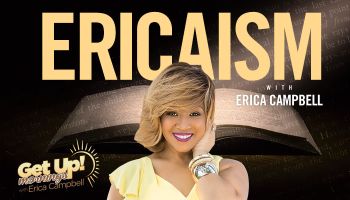The big talk right now is the presidential election in November, but that’s not the only time you need to get out and vote. There are laws and issues being passed right in your backyard that will directly or indirectly affect you. You will get a chance to vote on Issue 1 next week. Check out info about Issue 1 below:
via bizjournals.com
“Issue 1 proposes to change Columbus City Council’s makeup from seven at-large members to a mix of 13 at-large and ward representatives by 2018.
Advocates with the grassroots Represent Columbus organization who gathered enough signatures to get it on the ballot say the change will help ” take back our government from big business and monied special interests,” providing more diverse representation and a better focus on neighborhoods. They point out Columbus is one of the biggest cities in the U.S. with an at-large city council.
Proponents of a no vote on Issue 1, including Mayor Andrew Ginther and existing council members, say ward representation could halt the city’s progress by fostering neighborhood squabbles.
“On August 2nd, Columbus voters have a chance to say NO to a dangerous wards charter amendment that will lead to expensive new politicians, divided neighborhoods, and special interest power,” the anti-Issue 1 group One Columbus said on its website.
Ginther this month announced the formation of a Charter Review Committee to review city council’s structure. It would meet after the Aug. 2 election.
You can read Issue 1 in its entirety here, and see pros and cons of the proposal from the League of Women Voters.
Here are some specific proposals:
- Three at-large council members and between four and up to 22 district-based members would join the council. The size depends on the city’s population, which right now would mean 10 district-based members.
- A nine-member committee of appointees, some from the ruling party (Democrats) and some from the non-ruling party (Republicans), would oversee which neighborhoods fall into what districts. Elected officials and candidates for office, registered lobbyists and city employees are barred from a seat “to guard the people against political gerrymandering,” according to Represent Columbus, the group that pushed for Issue 1. A “districting master” would draw up to three plans and submit them to the committee.
- The biggest district could only exceed the smallest district’s population by up to 5 percent.
- Ward-based council members would have to live in their districts.”

















